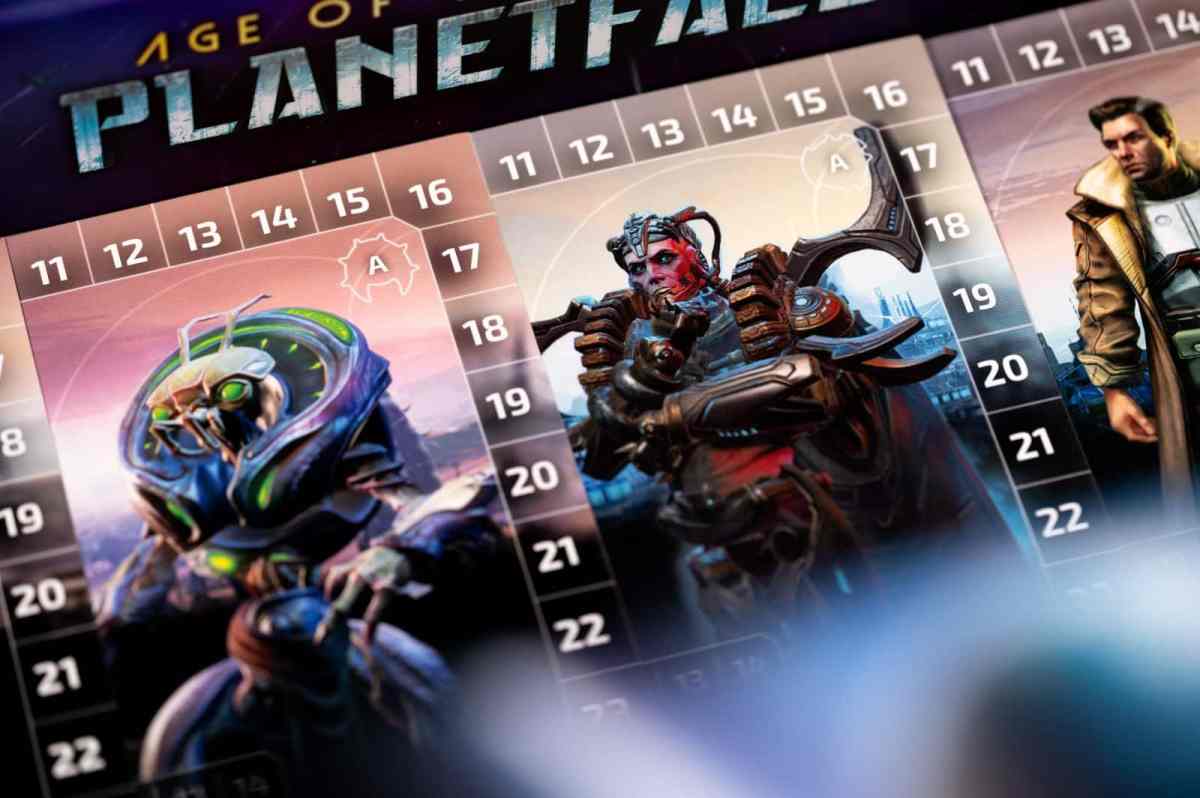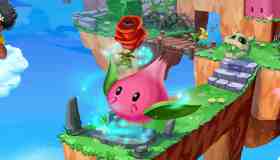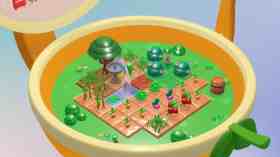Age of Wonders: Planetfall served up a solid blend of Civilization’s empire building and XCOM’s strategic combat when it was released in video game form in 2019. Each of its two major inspirations would go on to receive popular tabletop adaptations, and now Planetfall is following in their footsteps with a board game of its own.
Neither myself nor anyone in my player group had any relationship with the original video game, and so it was with no real expectations that we approached this new interpretation of it.
Not only did all three of us hugely enjoy it on first play, we eagerly chose to dive into a second game immediately after ending our tutorial one.
Read: The best competitive board games for 2-4 players
A breeze to set up, play, and pack down
Age of Wonders: Planetfall is a surprisingly small and breezy affair given its epic roots. I’m never one to believe it when a board game box says ‘playable in under an hour’, but in Planetfall’s case it is actually true.
Set-up and pack down are quick, it doesn’t take a whole heap of table space, and the rhythms of play are simple enough for anyone with a basic board game vocabulary to easily be able to grasp after a couple of turns. It’s a lightweight package when all boxed up and requires zero prior knowledge of its source material either, making it a perfect game to take around to a friends for post-dinner party play or what have you.
Planetfall’s table layout comprises seven decks of cards, each of which represents a different planet that’s visited across each of the game’s seven turns, a 3-tiered sidebar upon which drawn cards from each planet are laid out, and individual player score sheets with matching wooden tokens.
The score sheets each represent a civilisation and its leader from Planetfall lore. They’re double sided, with each offering an entirely unique special ability on each side as well as varying levels of starting resources, Experience, Strength, and Energy respectively.
Each card is framed by an ‘Empire points’ score track, which ultimately determines who is the winner in a manner that will be instantly familiar to anyone who has ever played Ticket to Ride.
There’s an oversized ‘Goals’ card drawn randomly from a deck at the start which puts three extra conditions under which points can be scored into play to add some extra replay value too, but that’s it. It’s a remarkably compact distillation of the epic strategy video game from which it spawns.

Galactic domination 101
The planet decks are numbered 1 to 7. Starting from planet one – and always from one as the cards in each subsequent deck ramp up in cost and complexity – cards are drawn and laid out alongside the three tiers of the sidebar. In a 2-3 player game, four are placed on the top row, three on the middle, and two on the bottom. A 4-6 player game simply lengthens each row by one additional card.
Each planet deck consists of 14 cards split into four types:
- ‘Units’ which must typically be fought by spending a number of Strength points scaled to your Experience level, but that can also sometimes obtained through diplomatic means.
- ‘Technologies’ which add unique rules modifiers to the player that collects them for the remainder of the game, and which are typically purchased by spending Energy.
- ‘Landmarks’ which give Empire points, and a significantly increased amount of them for each pair of the same Landmark type which a player acquires. They are also generally acquired by spending Energy.
- ‘Pickup’ cards which cost nothing to collect, and can either be used to grant an instant burst to your Energy points or turned into generators that create a smaller amount of Energy on each subsequent turn.
The numbered slots on the right of the sidebar track the initiative order, which at the beginning of the game will be determined by the initiative stat on your character score sheet.
The player in initiative slot one goes first, and moves their ship token onto either a card or one of the sidebar’s three ‘Operation’ slots (which allow them to spend the turn simply generating a few extra Empire, Strength, and/or Experience points).
The player then collects the card and places it next to their score sheet, paying whatever specific cost is required to do so, and making sure to leave their ship token in whichever spot they landed on. After each player has taken their turn, the initiative order for the next turn is established by taking each ship from left to right and top to bottom, and placing them on the track.
Two rounds of turns are spent on each planet, but new cards don’t get drawn from the deck to fill slots left empty by players acquiring them. The initiative dynamic – in conjunction with the limited go-around everyone gets on each planet setup and the dynamic rules in play from the chosen characters, acquired Technologies, and the Goals card – keeps players consistently engaged with strategic planning, as well as being constantly presented with opportunities to tactically outmanoeuvre their opponents.
Card-mand & Conquer
From just a few turns in our first game, I was hugely impressed by Age of Wonders: Planetfall. What Stepan Opalev has designed here is an enormously impressive distillation of a complex galactic conquest sim. It’s a minor shame that there isn’t a rules variant for solo play, but given the nature of how the game plays I’m not sure how fulfilling that could possibly be anyway.
I wholeheartedly recommend anyone with an interest in board games give it a look when it lands in Australian stores next month. It really surprised my tabletop group with how elegantly designed, swift to play, and damn fun it is. I think it may pleasantly surprise you, too.
5 stars: ★★★★★
Age of Wonders: Planetfall
Designer: Stepan Opalev
Publisher: Arcane Wonders/Hobby World
A copy of Age of Wonders: Planetfall was provided by Arcane Wonders for the purposes of this review. GamesHub reviews are scored on a five-point scale. GamesHub has affiliate partnerships. These do not influence editorial content. GamesHub may earn a small percentage of commission for products purchased via affiliate links.





